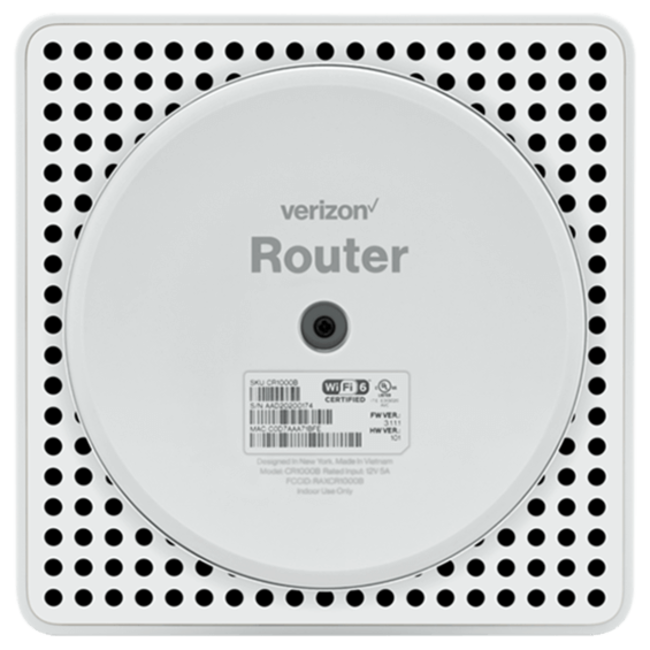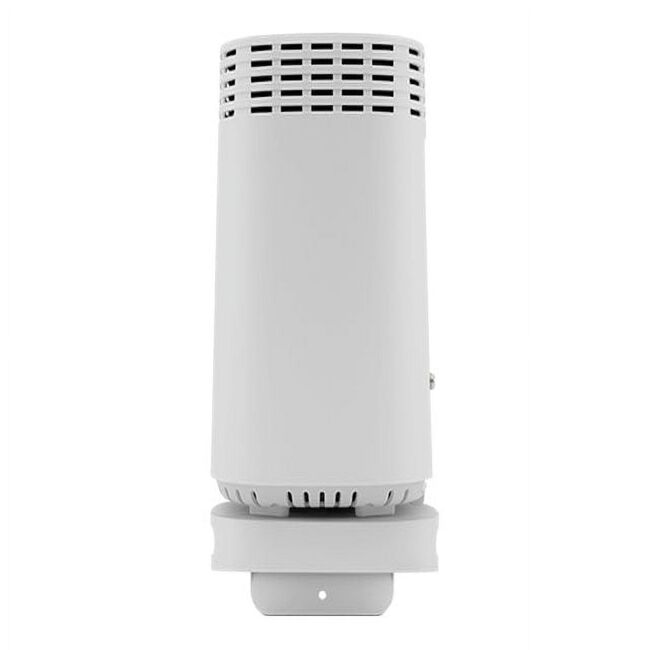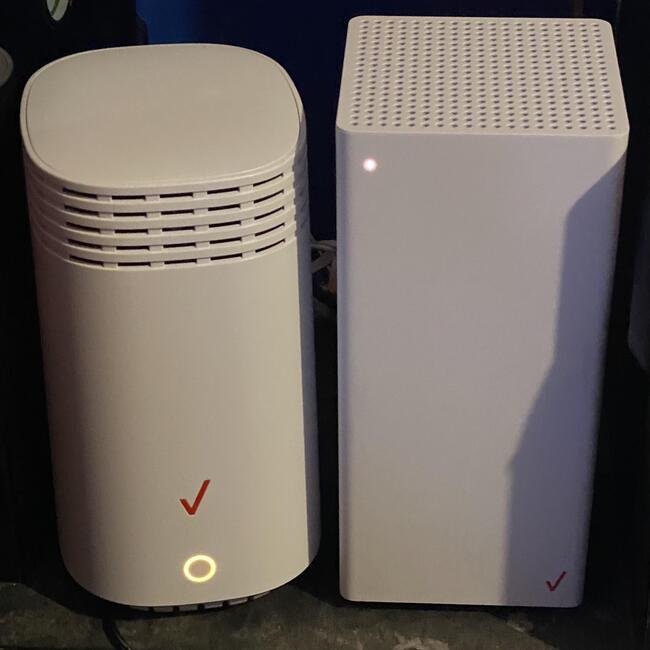Reboot your Verizon Fios router can resolve various connection issues. It’s often a quick yet effective solution for network problems. A simple reboot can clear bugs, restore connectivity, and improve network speed. Understanding how to reboot your router is essential for any Fios user.
Why Rebooting Your Router is Important
The Role of Rebooting in Network Performance
Many device issues can be resolved with a reboot. Rebooting helps clean temporary caches that may build up over time. These caches can slow down your internet and create connectivity problems. Additionally, rebooting facilitates firmware updates. Firmware updates often improve stability and security.
Your devices continuously connect and disconnect, creating data congestion. Over time, the data can become cluttered. This clutter can hinder your router’s performance, resulting in slower internet speeds. Regularly rebooting your router can help mitigate these issues. Consequently, your devices will enjoy more reliable and faster connections.
Indicators That a Reboot is Necessary
You may notice certain signs indicating that a reboot is needed. For example, if your internet speed drops significantly, it may require a reboot. Additionally, frequent disconnections or difficulty connecting to the network often signify the need for this action. When websites load slowly, a reboot could resolve that problem.
Moreover, issues with specific devices connecting to the network may arise. If a particular computer or smartphone struggles to connect, the router may need a refresh. Other indicators include problems streaming videos or frequent errors during online gaming. Keep an eye out for these signs. Being proactive can help you maintain a stable, high-speed connection.

How to Properly Reboot Your Verizon Fios Router
Step-by-Step Guide to Rebooting
Rebooting your Verizon Fios router is a straightforward process. First, locate your router’s power button or find the power cable. Next, unplug the power cable from the electrical outlet. Alternatively, you can press the power button if your router has one. However, disconnecting the power cable is more effective for a complete reboot.
Once the router is unplugged, wait for at least 30 seconds. This time allows the device to clear any temporary files. After waiting, plug the power cable back into the outlet. If you pressed the power button earlier, press it again. The router will take a few minutes to reconnect to the internet.
Checking for Connectivity After Rebooting
After the reboot, it’s essential to check your connectivity. Use multiple devices to confirm that they can connect to the network. Start with your smartphone or tablet, and look for the Wi-Fi symbol. Next, try loading a webpage to ensure your internet connection is functional.
If you notice that any devices still face issues, consider additional troubleshooting steps. Resetting the router back to factory settings may sometimes be necessary. Before taking drastic steps, always check if the router has fully restarted and re-established its connection.
Troubleshooting Common Rebooting Issues
Various Problems That May Arise
Sometimes, after rebooting, you may encounter challenges. For instance, you might have issues connecting to the Wi-Fi network again. Occasionally, the router might take longer to restart than expected. In such cases, patience is crucial.
If the reboot doesn’t resolve the connection issues, inspect all cables. Ensure each cable is securely connected. Loose cables can lead to intermittent connectivity problems. If everything seems secure, consider checking for any firmware updates.
When to Seek Professional Help
If you consistently face issues despite numerous reboots, it may signal a deeper problem. In such cases, professional assistance may be necessary. Contact Verizon customer service for expert guidance. They can help diagnose the issue, either remotely or through technician visits.
Before reaching out, ensure all troubleshooting steps are thoroughly completed. Note any error messages. Providing this information will enable customer service representatives to assist you more effectively. Persistence in seeking solutions can lead to a more stable internet experience.

Advanced Techniques for Users
Using the Fios App for Rebooting
For those who prefer modern solutions, the Fios app can be handy. This app allows you to manage your router remotely. To start, download the Fios app from your app store. Log in using your Verizon credentials, and navigate to your router settings.
Once you’re in the app, look for the option to restart the router. This feature will initiate a reboot without needing to physically unplug anything. It’s a convenient alternative, especially if you’re away from home. However, ensure your app is updated for the best performance.
Scheduling Automatic Reboots
Another advanced technique involves scheduling automatic reboots. Some Verizon Fios routers support this feature. Automating the reboot process ensures your network remains refreshed regularly. To set this up, access the router settings through the Fios app or a web browser.
Look for the scheduling options in the settings menu. You can choose a convenient time for the router to reboot weekly. Having a schedule can minimize interruptions during peak usage times. Therefore, you won’t experience any disconnections during important online activities.
Understanding Your Router’s Features
Key Functions of Fios Routers
Verizon Fios routers come packed with features designed to enhance user experience. One of these features is Quality of Service (QoS). QoS settings allow you to prioritize specific devices for better performance. This prioritization is particularly useful in households with multiple users.
Another notable feature is the guest network option. This function enables you to create a separate network for visitors. By isolating guest traffic, you enhance the security of your main network. Always review the available features in your router settings to maximize your internet experience.
Monitoring Network Performance
Understanding your network performance is vital for maintaining connectivity. Various tools can assist you in monitoring your network health. Many routers provide built-in monitoring features. These tools can show which devices are consuming the most bandwidth.
Additionally, you can use third-party applications for comprehensive analysis. These apps often provide insights into internet speeds and device performance. Regularly checking these metrics can help you identify issues before they escalate. Keeping a close watch ensures you optimize your network for everyone’s needs.

Safe Practices for Router Management
Regular Software and Firmware Updates
Keeping your router’s software updated is crucial. Firmware updates often contain security patches and enhancements. These updates can improve your router’s functionality significantly. Therefore, it’s wise to routinely check for available updates.
You can usually find these options in your router settings. Look for an “Update” or “Firmware” section. Many routers allow for automatic updates, ensuring you never miss out. Staying informed about updates enhances both security and performance.
Maintaining Physical Security of Your Router
Another important aspect of router management is physical security. Your router should be placed in a secure, central location. Avoid placing it near windows or areas where it could be easily tampered with. Secure positioning helps protect it from environmental factors and unauthorized access.
Moreover, regularly check the area surrounding your router. Ensure that cables are not exposed to wear and tear. Consider using cable management solutions to minimize clutter. Cable management makes your setup neater and reduces the risks of accidental unplugging.
Conclusion
Rebooting your Verizon Fios router is an essential skill for any user. Regular reboots can prevent many connectivity issues. Remember to follow the step-by-step instructions carefully. Also, consider advanced techniques like using the Fios app for added convenience.
Understanding the features of your router promotes a better internet experience. Whether it’s scheduling automatic reboots or monitoring performance, staying informed is crucial. Safe practices such as regular updates and physical security will further enhance your router’s performance.
Being proactive in managing your network ensures its longevity. Having a smooth Internet connection contributes to a more enjoyable online experience. Regularly check for signs that your router needs attention. Don’t hesitate to reach out for help if issues persist.

Leave a Reply